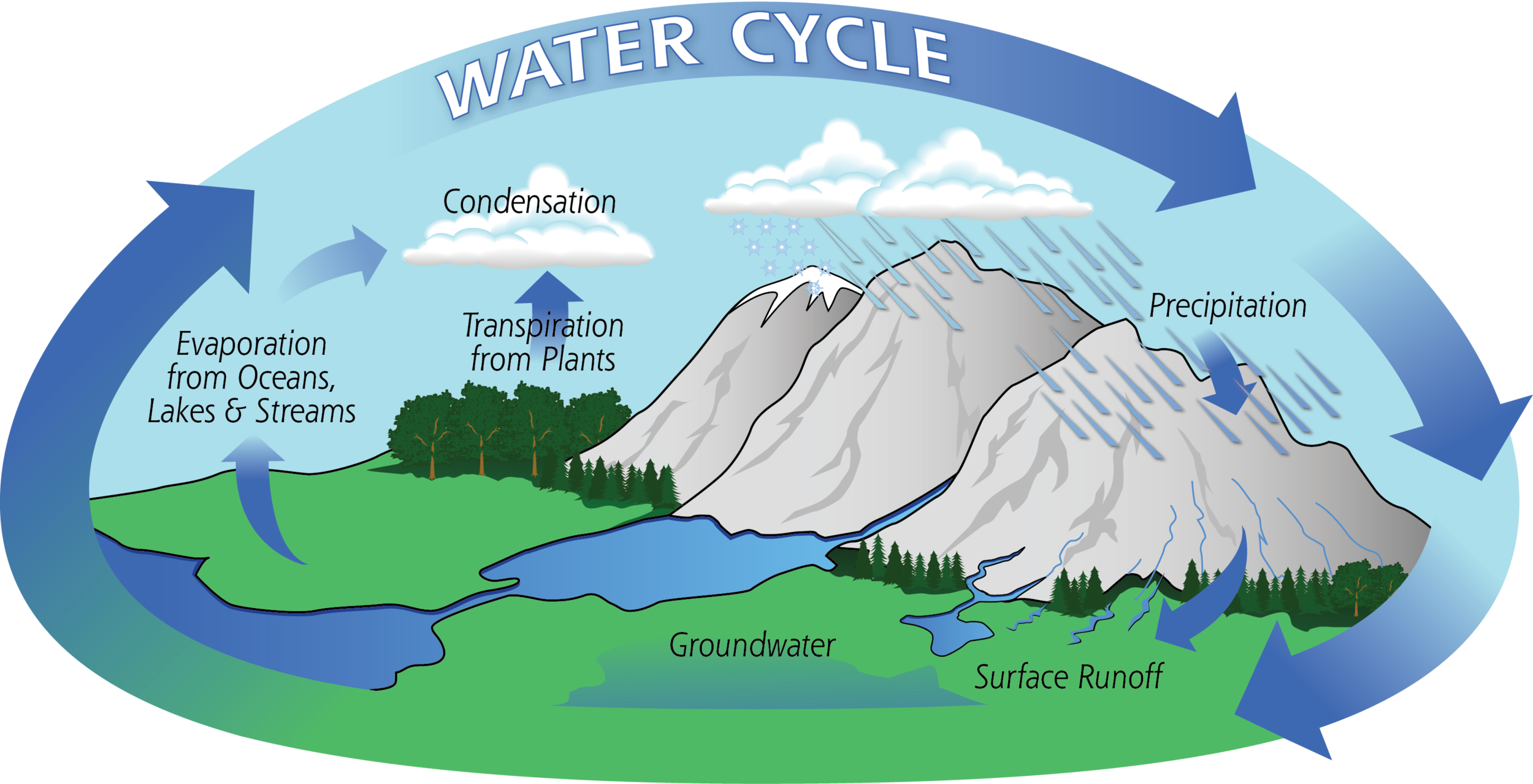GreenWorks, a Headstream in Cory Gallo's Career
/Back to the basics, courtesy of NASA
GreenWorks alum Cory Gallo (‘04) stopped in to have lunch with us last week. He’s in town researching urban farms for a project at Mississippi State University, where he’s now an associate professor. He recently won a national award from The Council of Educators in Landscape Architecture. As things tend to do around here, we nerded-out on stormwater.
Cory is an Associate Professor at Mississippi state university
“I was pushed into the deep end [here at Greenworks]”, Cory told a group of us over lunch. “Mike gave me an assignment to lead a meeting between two directors, one at the City of Portland and one at the City of Gresham, to come up with a stormwater strategy. The Urban Growth Boundary was being expanded at the time. I stayed up all night, two nights in a row to prepare.”
It must have gone well because part of Cory’s work now involves research on stormwater ordinances nationwide. After GreenWorks, he did campus planning for schools like Louisiana State University, Ohio State, The University of Nevada, Las Vegas, and Indiana University. “I would get on a plane to be on site two days a week, then be in the office for a week, then get on a plane for two more days at a different location.”
A big stormwater project Cory worked on after GreenWorks was the Indiana University Master Plan. He and the team came up with a campus plan and measured how it handled heavy rain before and after the redevelopment.
Storm events, Cory explained, differ across the country. “In Detroit, for example, a 100 year, 24-hour storm will drop the same amount of rain as here in Portland, but 75% will drop in about one hour in Detroit. In Portland, that same amount will fall over ten hours.”
Rainfall Distribution Across the U.S.
Fraction of 24-hour Rainfall
From his perspective, Portland’s regulations tend to be progressive, with a lower “trigger” for including stormwater infrastructure. Most parts of the country don’t require smaller sites to control their own stormwater like we do.
Stormwater is a main focus here at Greenworks. The Zidell Yards site offered us the opportunity to identify solutions for applying green infrastructure to manage stormwater on one of the largest brownfield remediation and redevelopment sites in Portland.
“Legislation needs to be based on the cumulative impact to the watershed. I tell my students, if you drop one block in the forest you change the watershed; If you drop a million, you change it that much more. The key is to make the requirements simple, that leads to better design.”
“Here [in Portland] you do both water quality and quantity in the same rain garden.” Cory explained this is relatively unique. He went on to discuss how this impacts design and engineering. “Levels of pollution in stormwater change during a big storm. The beginning [of the storm] is when most of the pollutants are flushed [into rivers, lakes, and the ocean]. Once you get to the level of flooding, the water is almost always clean. The pollutants are things that have accumulated on the ground since the last rain. They’re things like hydrocarbons, heavy metals from things like car brake pads, fertilizers, and pet waste.”
To learn more about Cory’s work at Mississippi State, check out his work on the Green Technology Demonstration Pavilion for the Oktibbeha County Heritage Museum that won a national design award, the Landscape Architecture Courtyard, and the MSU Community Garden.






